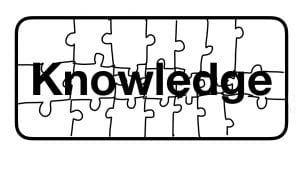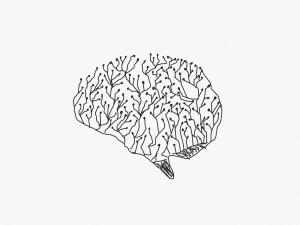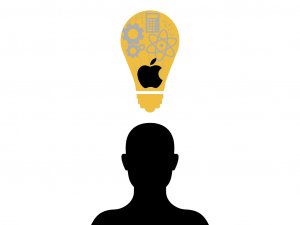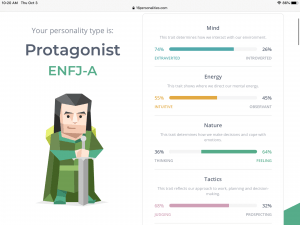Making a copy of a film does not seem hard to do, but how does that compare to reality. The goal of this project was to learn what technologies, tool and strategies can we utilize to create a short film. Through the process of this project, we used many competencies to guide our learning. The short film we had to recreate a horror skit called “RUN” that had many interesting angles, body language and tiny details that we had to have. With my group (Matthew & Ciara) their many ups and downs in the project that added to my never-ending learning.
Competencies are the aspect of the project. They are the skills or the understanding that we need to learn through the process of the milestones. The three competencies were assessed on Computation Thinker, Knowledge Constructor and Innovative Designer.
Computational Thinker: Is understanding and solving problems by developing and employing strategies. I used the power of technological methods to develop and test solutions.
Knowledge Constructor: I have created a variety of documents using digital tools to construct and create a creative artifact. I have made this a meaningful learning experience for myself and others.

Innovative Designer: I have used a variety of technologies with a design process to identify and solve problems by creating new, useful, or imaginative solutions.
Knowing your strengths is a vital part of working in a group and individually. This activity allows you to reflect on your weaknesses and shows your strengths. Leading to the final product, this was the first milestone which we used the competency, computational thinker. The task was to take the 16 personality test and check the results. With the results, we had to connect our strengths and weaknesses to school. I was a protagonist, which is somewhat true, but I feel like some of the strengths and weaknesses are not mine. While taking the test, I took a long time completing the survey and reflecting so I would be confident with my answers.
The following three milestones were all part of the pre-production. The pre-production is a significant step in the creation of a film as it will save time, organize the story and in the real world, save money. The first step in production was the screenplay, which is a set of text that explains the dialogue, actions and settings. Even though the RUN video has spoken, there are still camera angles and noises that can have a description. By using digital tools to construct creative artifacts and make meaningful learning, we created the screenplay. I thought it turned out well even if we had an occasional disagreement.

The next step in pre-production is to create a storyboard using keynote animations. Designing the Keynote was hard to do, but with trial and error, we ended up with good material. The storyboard I made was rather a thing to the big picture and animations instead of a thing to recite back to when angles are needed. I used many different techniques in the storyboard, and I thought it was a very innovative design.
Creating a call sheet is the final part of the pre-production stage and set everything up for filming. The call sheet includes roles, outline, date, essential contacts, name of the production and much more. It incorporates many skills that expand my knowledge of strategies for understanding and solving problems. Pages allowed the format to include graphs that enhance the call sheet. However, when it came time to film, we didn’t use the call sheet once, which I think is because we could always watch the original video.
Starting with the production of the video is by no means an easy task. We didn’t have much time to film for Maker, and everything has to the same. The time constraint meant wearing the same clothes, having the same weather, time of day and the extras props. With different accessories and costumes, that meant we had to reshoot almost all of the scenes, which spoiler alert happened many times. The angles were awkward at times with a different setting. The surroundings were used multiple times due to the limited places that looked similar. The first draft had it rain, but as we needed to revise our work, we had to reshoot the whole video. The biggest thing I learnt through filming was that organizing props and clothing was essential to limit the number of reshoots necessary.
Acting in this short film was much easier to do as there were no words. In the film we created, I was the main jogger, the monster for one scene and the secondary jogger. I thought I did an excellent job portraying the character’s facial expressions and body language when seeing the monster.
The latter of creating a film is the post-production where everything starts to come together with editing. This part is where the magic happens in videos where we used a variety of technological tools to create a finished product. In the first draft, we had lots of mistakes (sound, clips not cut, etc.) that were dramatically affecting the film. So what goes into editing? Well, the first step of editing is picking, adding and clipping the raw footage. Once the raw footage is completed, the sound should be the next most crucial part. Music can help fill in dull spaces, and this case can build suspension and then a jump scare.
Throughout the recreation of the “RUN!” video, there were many things I thought we did well. The acting and the key shots were almost a car cob copy. I thought the tool, strategies and technologies were used to create a recreation. I learnt many things from me, and my group’s mistakes and the curricular competencies were useful to aim towards learning. This project has been a long journey of reshooting and editing, but I think it could have been shorter if we planned in pre-production better. I am happy how well the video turned out, and both my video and me have grown throughout this project.







Leave a Reply